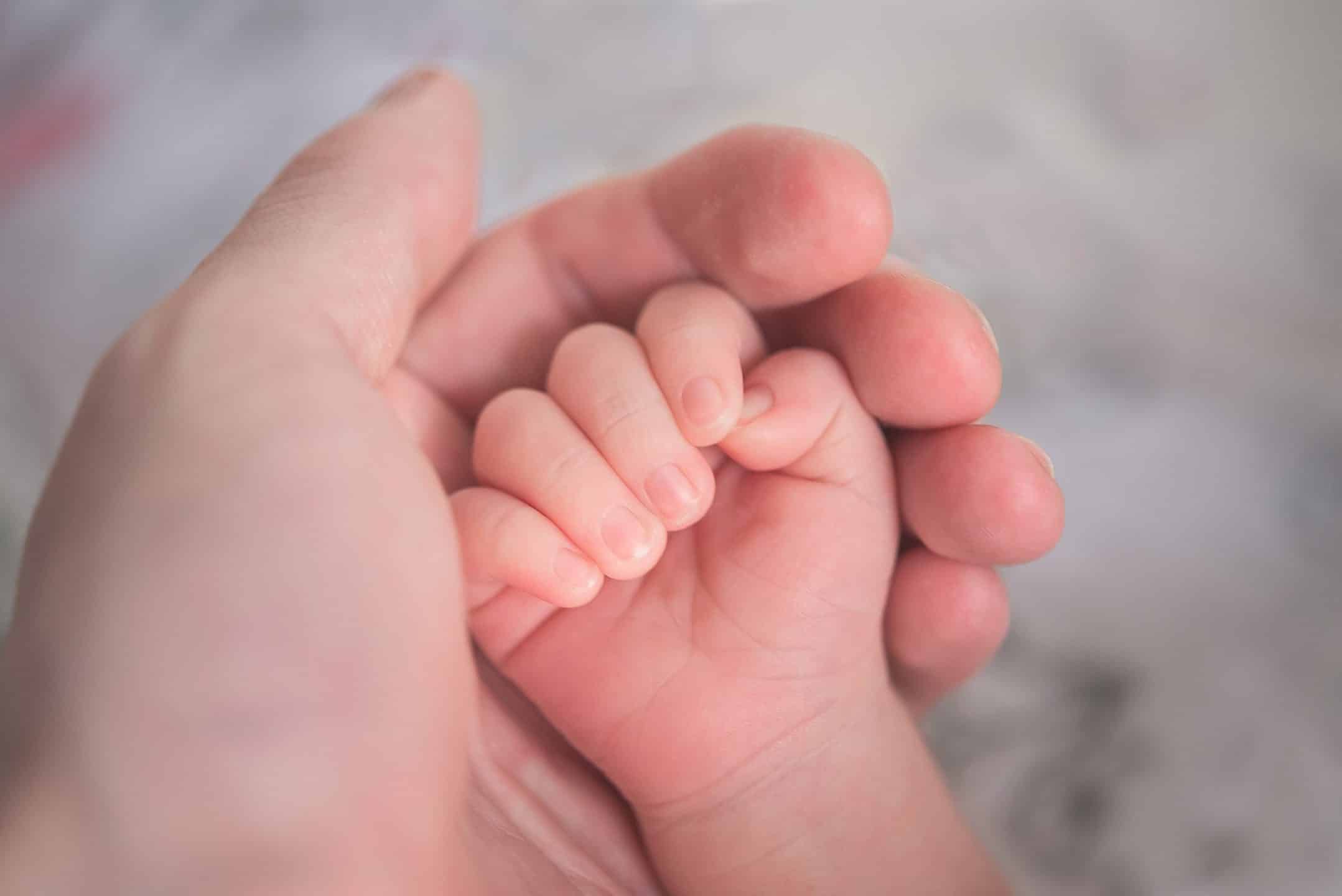Children, unfortunately, have a higher risk of sustaining serious injuries when involved in a car accident. According to Parachute, an organization focused on injury prevention in Canada, motor vehicle accidents are the number one leading cause of injury and death for Canadian children.
The following are the most common injuries sustained by children in car accidents:
Head Injuries: Infants below the age of twelve months are most likely to suffer from concussions and unconsciousness, whereas those that are between the ages of one and seven years have a very high risk of suffering from skull base fractures as a result of a car accident.
Thoracic Injuries: For children a hit to the chest area can cause damage to multiple organs in the thoracic region, including the lungs and the heart. Rib fractures are the most common injury to children younger than one year of age, possibly due to the softness of their bones. Children between the ages of one and seven who have sustained chest injuries during a motor vehicle accident typically suffer from contusions and lacerations to their lungs. These injuries are usually caused by the car seat restraints.
Spinal Injuries: Infants below the age of twelve months of age are more likely to suffer from vertebral fractures, herniated discs and even spinal and nerve damage than older children.
Injuries to the Upper Extremities: Fractures to the humerus or upper arm are the most common injuries found when children suffer trauma to the upper extremities.
Injuries to the Lower Extremities: Infants involved in a car accident have a higher risk of a pelvic fracture than older children. Children over the age of one tend to have their legs dangling out of their car seat and are more likely to suffer from thigh bone fractures.
Whiplash: The impact to a vehicle can cause a rapid back and forth movement of a child’s neck. This type of injury most often occurs when a vehicle is rear-ended.
Facial Injuries: Facial injuries in children involved in car accidents are rare and only occur in 5% to 10% of accidents, typically caused by the glass from broken windows. However, when these injuries occur they are often visible and result in permanent scarring. This type of injury can greatly impact a child’s social and psychological welfare as he/she develops.
Psychological Trauma: A terrifying situation, such as a car accident, can leave a child severely traumatized even in cases where there are no physical injuries to the child. Approximately 15-25% of children involved in car accidents exhibit symptoms of depression that last for months after the accident. However, children are quite resilient and can often overcome the trauma if they receive the appropriate support in a timely manner.
HOW TO PROTECT YOUR CHILD IN A CAR CRASH
The best way to protect your child in the event of a motor vehicle accident is to choose the right car seat or booster seat for your child and ensure that it is used correctly no matter how far you are travelling.
Before purchasing a new car seat it is important to know your child’s height and weight. It is not a child’s age that determines which car seat is appropriate, but their height and weight.
It is also important to read the car seat manual and the vehicle manual carefully before installing a new car seat. Look for the National Safety Mark sticker on the car seat to ensure that it meets the Canadian Safety standards. We do not recommend using a used car as you will not known the history of the seat or whether it has been involved in a collision. Car seats and booster seats also have expiry dates. Be sure to check the date and not use a car seat or booster past its expiry date.
Children under the age of two should be restrained in a rear-facing car seat. If possible, car seats should be installed in the middle of the back seat to protect children in the event of a rollover accident or a side-impact crash.
Car seats should never be installed in the front seat of a car. The safest place for children under the age of 13 is in the back seat. The airbags in the front seat are designed to protect adults and older children and can cause serious injury to children in car seats or those who are not big enough to ride in the front of the vehicle.
It is also important not to dress your child in bulky snowsuits or jackets before placing them in their car seat as this will prevent the car seat straps from sitting securely against the child’s chest. Once the child is securely fastened in their car seat, you can place a blanket over them to keep them warm.
If you or your child have been seriously injured as a result of a motor vehicle accident and a third party is responsible, it is critical that you speak with a lawyer regarding your situation as soon as possible so as not to jeopardize any opportunity to seek compensation. Please contact, the experienced and award winning lawyers at Cuming & Gillespie LLP online or at 403-571-0555. Contact our office for a free consultation to determine how we can help you recover compensation for your injuries.

